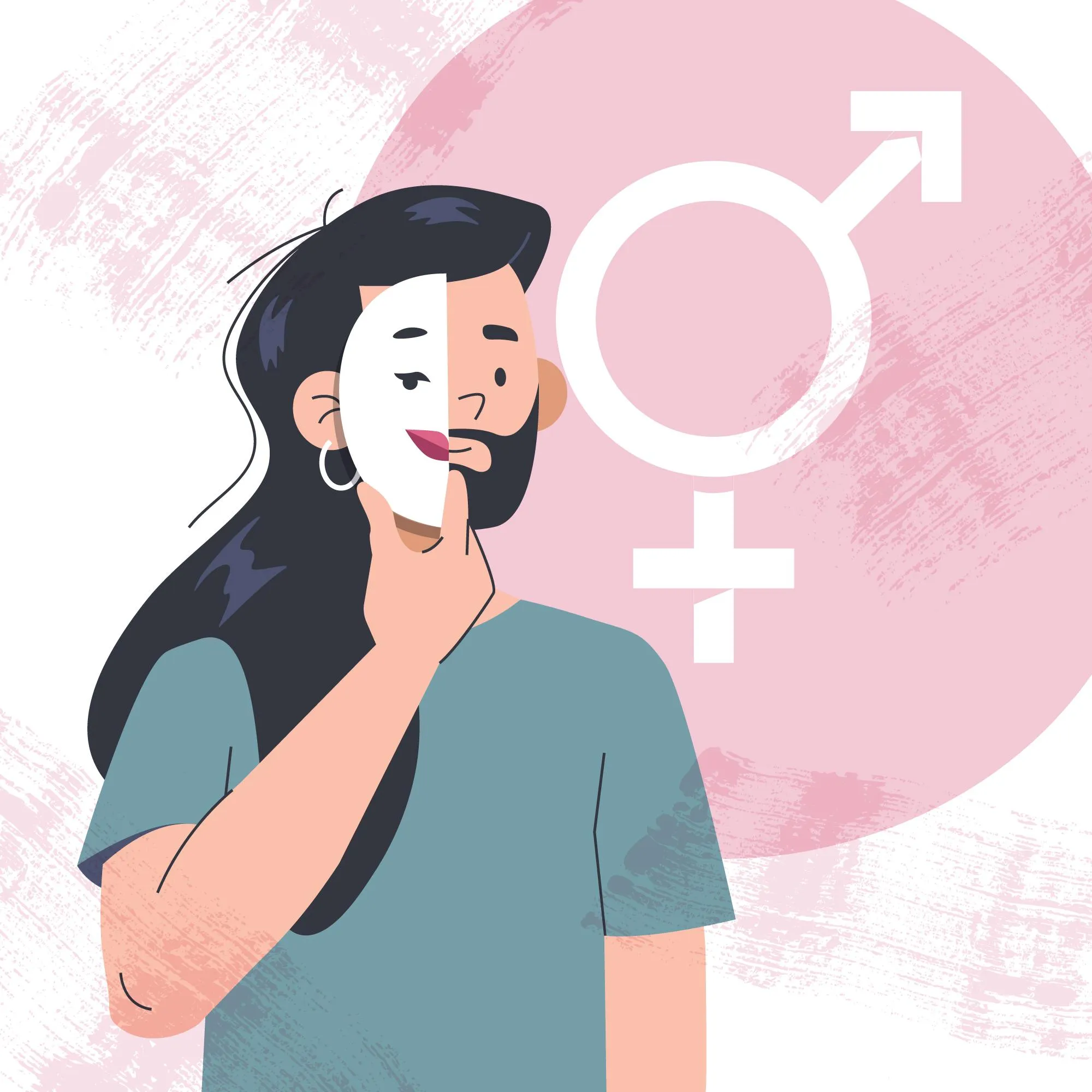Abstract
Transgender and gender nonbinary adolescents face disproportionate risks of peer victimization and sexual assault. Amidst ongoing societal debate, some schools implement restrictions that prevent these students from using restrooms and locker rooms aligning with their gender identity. A recent study has indicated that such school policies may be linked to higher rates of sexual assault among transgender and nonbinary students. Through a comprehensive analysis of survey data, this report delves into the impact of restrictive school restroom and locker room policies on the sexual assault prevalence within this vulnerable population and discusses the implications for pediatric healthcare providers.
Introduction
The well-being and safety of transgender and gender nonbinary adolescents have increasingly become a topic of concern and debate, particularly within educational environments. A recent study titled “School Restroom and Locker Room Restrictions and Sexual Assault Risk Among Transgender Youth” published in the Pediatrics journal (DOI: 10.1542/peds.2018-2902) has brought to light the potential repercussions of school restrictions on restroom and locker room access for transgender and nonbinary youth. According to the study, adolescents subjected to such restrictions are at a significantly higher risk of experiencing sexual assault. This news article delves into the findings, examining the implications for future policies and the potential mitigation strategies to protect transgender and nonbinary youth.
Background
Transgender and nonbinary individuals, whose gender identity does not align with the sex they were assigned at birth, face a multitude of challenges in their daily lives. Unfortunately, school environments – places that should be safe havens for learning and development – can sometimes foster discrimination and adversity. Specific school policies, particularly those concerning the use of gender-segregated facilities like restrooms and locker rooms, have been a focal point of this struggle.
The Study
In this ground-breaking study, researchers from prestigious institutions including The Fenway Institute, Fenway Health, and Harvard University set out to examine the association between school restroom and locker room restrictions and the incidence of sexual assault against transgender and nonbinary adolescents (Murchison et al., 2019). They analyzed survey responses from 3,673 transgender and nonbinary U.S. adolescents in grades 7 through 12 who participated in the 2017 LGBTQ Teen Study.
Results
The researchers found that within the 12 months leading up to the survey, the prevalence of sexual assault was alarmingly high: 26.5% among transgender boys, 27.0% among nonbinary youth assigned female at birth, 18.5% among transgender girls, and 17.6% among nonbinary youth assigned male at birth. Notably, for transgender boys, nonbinary youth assigned female at birth, and transgender girls, the risk of sexual assault was significantly greater when subject to school restroom and locker room restrictions.
Implications for Pediatric Practice
These findings bear critical implications for the pediatric community. Medical professionals treating transgender and nonbinary youth must be cognizant of the high prevalence of sexual assault and the factors that may exacerbate the risk, including restrictive school policies.
Recommendations
Pediatricians and healthcare providers are encouraged to advocate for inclusive and protective policies within educational settings. They must also be equipped to provide appropriate support and resources to transgender and nonbinary youth who may experience victimization.
Future Directions
The study underscores the need for policies that safeguard transgender and nonbinary students in school facilities. Moreover, further research is necessary to understand the full scope of these risks and to develop comprehensive strategies to mitigate them.
Conclusion
The correlation between school restroom and locker room restrictions and heightened sexual assault risk among transgender and nonbinary youth emphasizes the urgency of addressing discriminatory policies within educational systems. Advocacy and informed practices by healthcare professionals can play a crucial role in enhancing the safety and overall well-being of these vulnerable adolescents.
References
1. Murchison, G. R., Agénor, M., Reisner, S. L., & Watson, R. J. (2019). School Restroom and Locker Room Restrictions and Sexual Assault Risk Among Transgender Youth. Pediatrics, 143(6), e20182902. DOI: 10.1542/peds.2018-2902
2. Garofalo, R., Deleon, J., Osmer, E., Doll, M., & Harper, G. W. (2006). Overlooked, misunderstood and at-risk: Exploring the lives and HIV risk of ethnic minority male-to-female transgender youth. Journal of Adolescent Health, 38(3), 230–236. DOI: 10.1016/j.jadohealth.2005.03.023
3. Sterzing, P. R., Gartner, R. E., Goldbach, J. T., McGeough, B. L., & Ratliff, G. A. (2017). Polyvictimization prevalence rates for sexual and gender minority adolescents: Breaking down the silos of victimization research. Psychology of Violence. DOI: 10.1037/vio0000123
4. Fernández-Rouco, N., Fernández-Fuertes, A. A., Carcedo, R. J., Lázaro-Visa, S., & Gómez-Pérez, E. (2016). Sexual violence history and welfare in transgender people. Journal of Interpersonal Violence, 32(19), 2885–2907. DOI: 10.1177/0886260516657911
5. Testa, R. J., Sciacca, L. M., Wang, F., et al. (2012). Effects of violence on transgender people. Professional Psychology: Research and Practice, 43(5), 452–459. DOI: 10.1037/a0029604
Keywords
1. Transgender Youth
2. Sexual Assault Risk
3. School Policy
4. Gender Identity
5. Locker Room Restrictions
